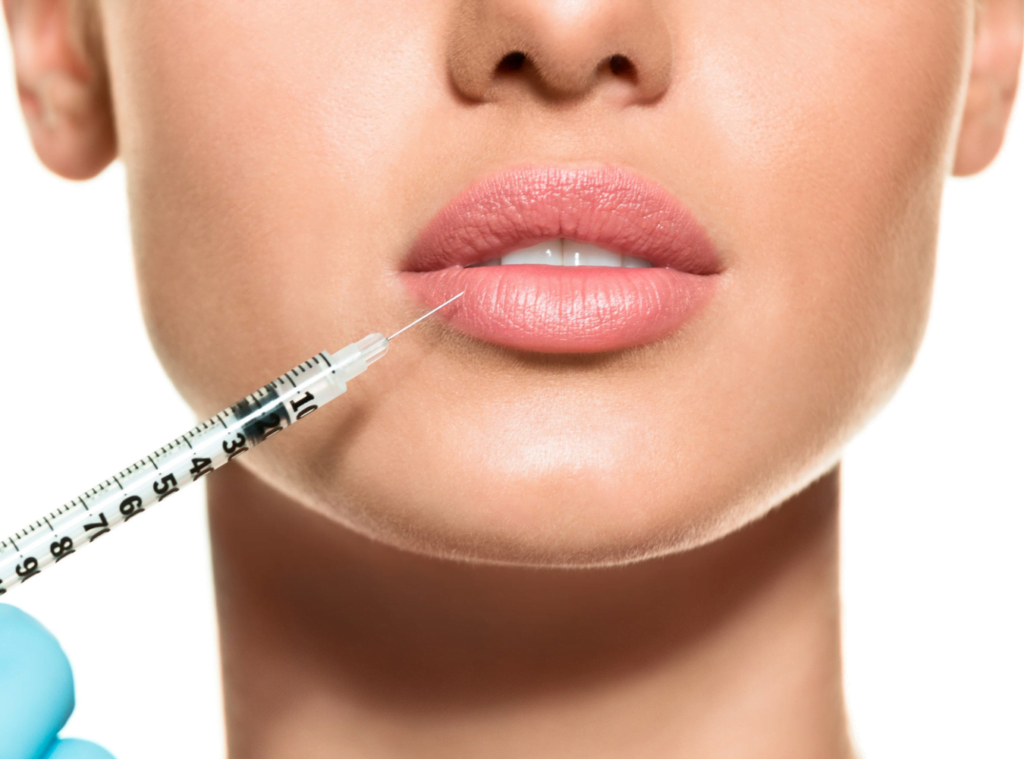
What is Lip Augmentation?
Lip augmentation is an in-office cosmetic procedure that creates fuller, more youthful-looking lips. There are different types of lip augmentation to fit your needs and goals. Some procedures are nonsurgical, using fillers to plump up the lips temporarily. Others involve small incisions in your lips or face for longer-lasting results.
What are the types of lip augmentation?
Types of lip augmentation include:
- Fat Grafting (autologous fat injections or fat transfer): A plastic surgeon takes fat from another area of your body — commonly your stomach — purifies it and injects it into your lips.
- Lip Fillers: A healthcare provider injects lip filler, also called a dermal filler, into your lips or around your mouth.
- Lip Implants: A plastic surgeon makes a small incision in each corner of your mouth and inserts an implant into your lips.
- Lip Lift: A plastic surgeon removes excess skin between your nose and upper lip (or the corners of your mouth) to pull up your lips.
What are the different types of lip fillers?
Healthcare providers mainly use lip fillers that contain hyaluronic acid, a natural substance found in your body. Common hyaluronic acid fillers include Restylane® and Juvéderm®. Some fillers also contain lidocaine, which numbs your skin to prevent pain or discomfort from the procedure.
How long your fuller lips last varies by procedure. For example:
- Lip fillers last six months to a year.
- Fat grafting lasts at least five years.
- A lip lift is permanent.
- Lip implants are permanent but can be removed at any time.
The best lip augmentation procedure is different for every person. The right procedure for you depends on your goals and lip shape and size. For example, lip implants or a lip lift may be ideal if you prefer permanent results.
However, implants may not be appropriate for razor-thin or asymmetrical lips. Together with your healthcare provider, you can determine the best approach for you.
Your healthcare provider will give you specific instructions on how best to prepare. A few weeks before the procedure, you’ll need to stop smoking and taking blood-thinning medication, which can worsen bruising. Avoid pain relievers like aspirin and herbal supplements like multivitamins and fish oil.
Your plastic surgeon will likely use local anesthesia to numb the area so that you don’t feel any pain. You’ll be awake for the procedure. If you’re having multiple cosmetic surgeries, you may receive general anesthesia and be asleep the entire time.
Lip augmentation gives your lips a fuller, younger look. Depending on which procedure you have, lip augmentation has minimal to no downtime.
Results with some lip augmentation procedures are reversible. If you’re unhappy with the outcome of lip implant surgery, your plastic surgeon can remove the implant. If you have lip fillers, your healthcare provider can dissolve them with hyaluronidase, an enzyme that breaks down hyaluronic acid.
Talk to your plastic surgeon about potential issues after lip augmentation. Your chances for risks and complications go up with surgical lip augmentation. But nonsurgical lip augmentation also has risks.
In general, possible risks and complications include:
- Allergic reactions like redness and itching.
- Bleeding.
- Bruising.
- Infection.
- Lip stiffening.
- Scarring.
- Swelling.
- Uneven lips.
Recovery time differs depending on the type of lip augmentation you have. With lip fillers, there’s little to no recovery time. With surgical lip augmentation, you may need a few days to several weeks for bruising, redness and swelling to subside.

With access to
24 Hour
Emergency
Assistance
Get Help When You Need It Most!
Our team is dedicated to solve any concerns you come across.


